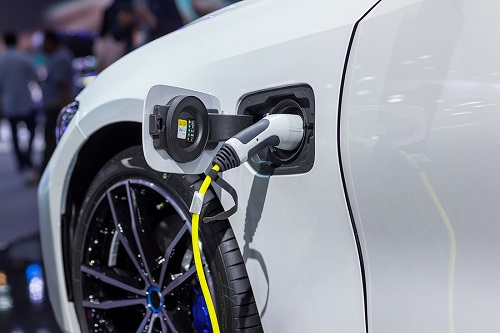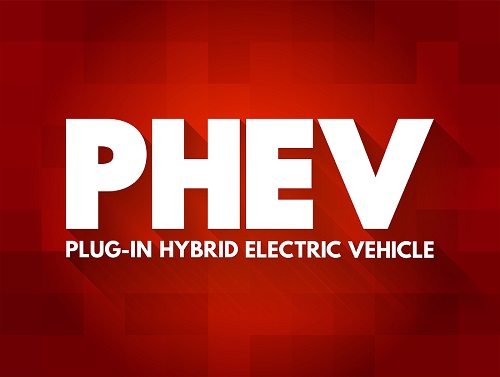Interested in the growing move towards electric cars but not ready to fully embrace a switch from petrol? A hybrid could be the car for you. So what’s available?
The charge towards an electric motoring future gathers pace month by month, year by year as 2030’s switchover – where sales of petrol and diesel cars will no longer be allowed in the UK – comes ever closer.
And, while there is growing disquiet about the infrastructure and the number of places where drivers can re-charge their cars on a journey, the drive towards EVs (electric vehicles) won’t slow down any time soon.
But not everyone is ready to take the giant leap into an all-electric car just yet – but no worry, you don’t have to. A hybrid car could be the answer you’re looking for. So, what is a hybrid car?
How does a hybrid work?

It’s neither a pure combustion engine car nor a pure electric. It’s a bit of both, using a traditional fuel engine (usually petrol but occasionally diesel) and an electric motor to drive your car. There’s more than one type of hybrid available to buy and the manufacturers are vying with each other to find and build the best combination.
There are many advantages to going hybrid:
- Fuel consumption is kept low because the electric motor is doing a lot of the work that the petrol engine would have been doing
- Your tailpipe emissions (CO2) are lower which could exempt you from certain charges such as the London ULEZ (ultra-low emission zone) tariff
- There are tax incentives for low emissions cars including lower BIK (benefit in kind) for company car drivers
What are the different types of hybrid?
Full hybrid – these are the most common type of hybrid car, using the petrol engine and the electric motor side by side, switching between the two power sources as conditions demand. For example, the electric motor might drive the car through a busy town and then, once on the open road or a motorway, the petrol engine kicks in.
Mild hybrid – you can’t drive around under electric power alone with a mild hybrid. The battery-powered motor helps the petrol engine at times, such as pulling away or accelerating hard. This takes much of the strain away from the engine and therefore reduces fuel use. They charge their battery by harvesting energy when braking (known as regenerative braking).
Series hybrid – it feels like you’re driving an electric car all the time with a series hybrid, but there is still a petrol engine lurking under the bonnet. This sends power to the batteries that keep the electric motor going. You barely notice the petrol engine running but it’s there, monitoring the conditions and demands on the motor and providing just the right power for it.

Plug-in hybrid – as the name suggests, you plug this car in (usually overnight) to recharge its battery. This then powers the car until it runs out, at which point the petrol engine kicks in. The engine will also charge the battery while you’re driving the car (along with the regen brakes). These are closest to true electric cars and are especially good for short distances or town motoring.
Technology is improving
As each year passes, car makers are improving technology constantly to build better and more efficient hybrid cars and, as such, used hybrids are becoming available for sale. And, just like any second-hand car they will have a history. Has it been used as a taxi (many have)? What is its true mileage? Has it ever been stolen or written off?
A car history check, such as Motorcheck’s £9.99 Single Check, will answer all these questions and more to give you real peace of mind. And that’s a charge well worth considering.
